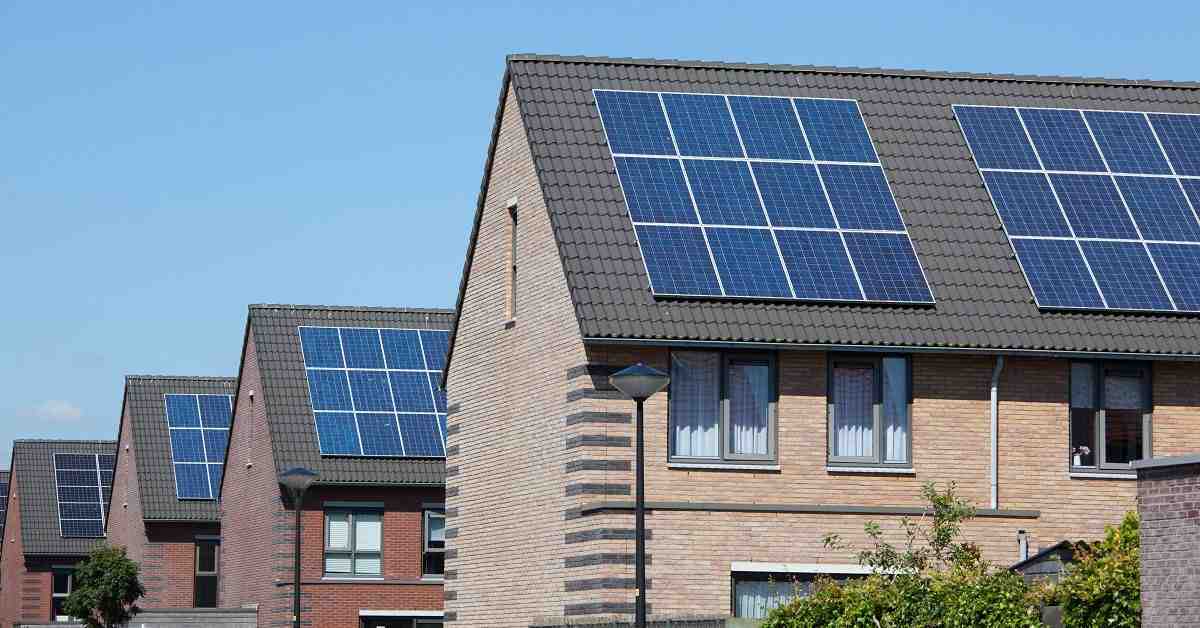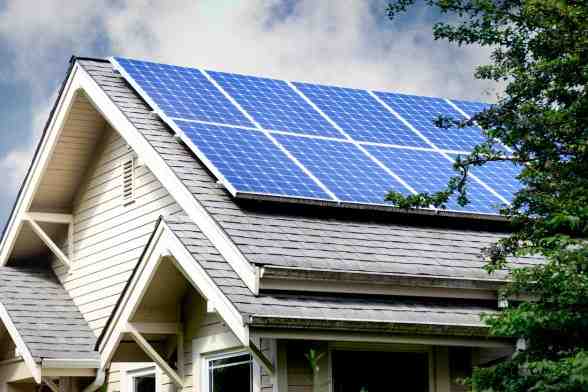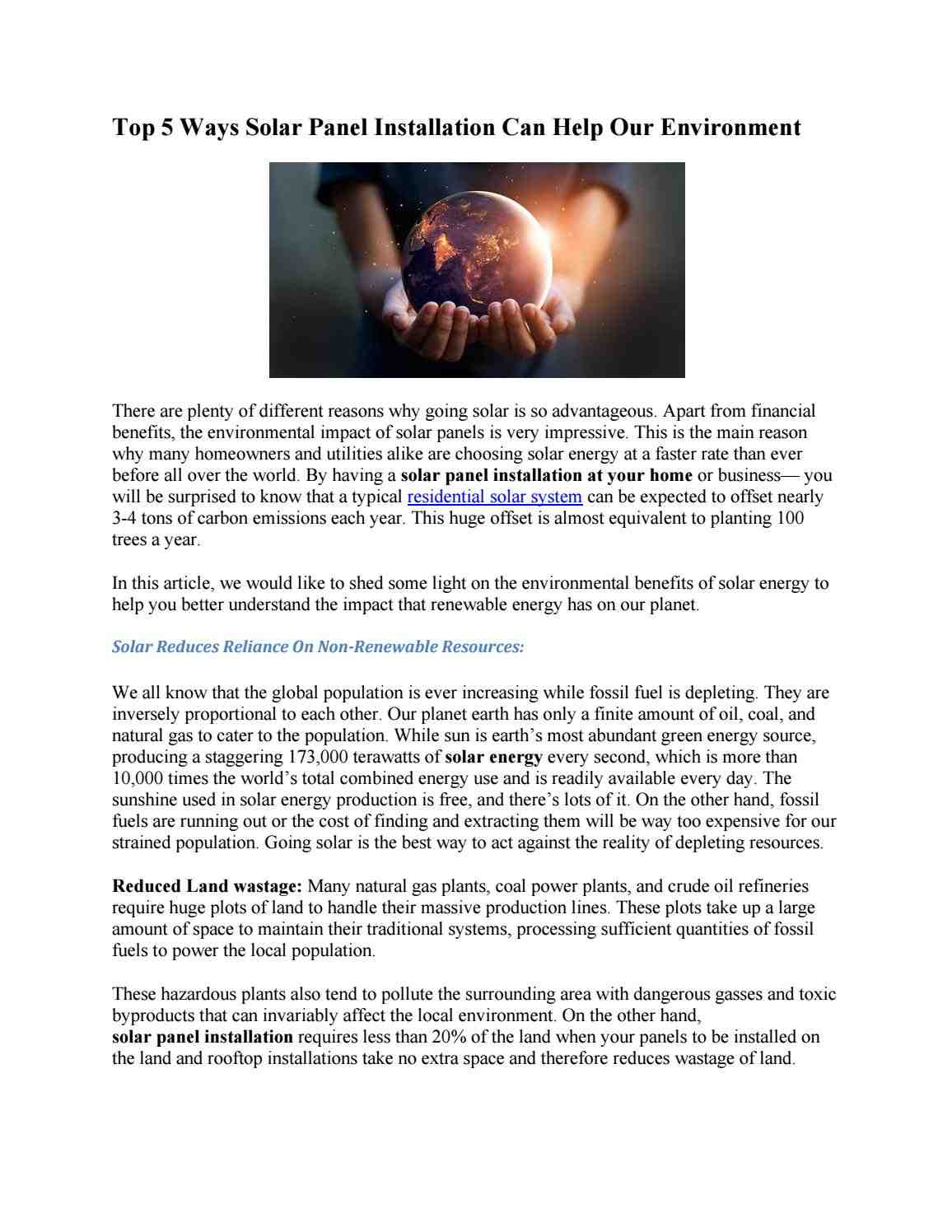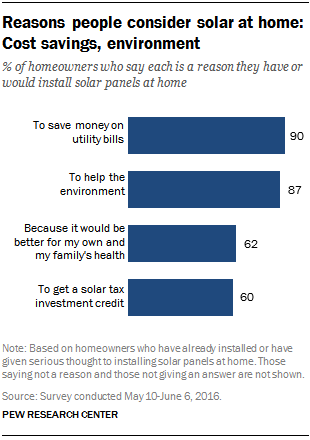What are some advantages and disadvantages of biomass energy?
Contents

| Advantages of energy from biomass | Weaknesses of energy from biomass |
|---|---|
| It is renewable | It is not completely clean |
| Carbon neutrality | High cost compared to other alternatives |
| Less dependence on fossil fuels | Possible deforestation |
| It is versatile | Space |
.
What are 6 advantages of solar energy?

6 best benefits of solar energy
- Solar energy reduces your carbon footprint. …
- Solar energy can save you money. …
- Solar Investment Tax Credits (ITCs) are available for solar power plants. …
- Solar energy can produce electricity in any climate. …
- Solar energy reduces the load on the electricity grid.
How does solar energy reduce air pollution?

By using solar collectors, we can reduce emissions into the air by reducing dependence on fossil fuels. Acid rain occurs when sulfur dioxide (SO2) and nitrogen oxides (NOX) are released into the atmosphere. Once there, they are carried by air currents and wind.
How much air pollution does solar energy reduce? Solar energy paves the way for a significant reduction in emissions of harmful air pollutants. For the future, the capacity of solar technology currently installed in the United States is expected to balance as much as 16.8 million tons of carbon dioxide per year.
How does solar energy reduce emissions?
Solar energy reduces CO2 emissions by providing a clean and renewable energy source. … Sunlight is converted into electricity without the need for a local water supply and solar energy does not pollute our waterways like fossil fuels.
How does solar energy help reduce carbon emissions?
How can solar energy reduce CO2 emissions? Solar energy can help reduce CO2 emissions primarily by being a clean and renewable energy source. Solar energy does not depend on the combustion of fossil fuels or other products; instead, it uses electrons from solar energy to generate energy.
How does solar energy help reduce global warming?
Urban solar production is clearly a way to reduce our dependence on fossil fuels and is a good way to mitigate global warming by reducing greenhouse gas emissions.
How does renewable energy reduce air pollution?
Wind, solar and hydroelectric systems generate electricity without associated emissions of air pollution. … In addition, wind and solar energy do not essentially need water to operate and thus do not pollute water resources or burden stocks by competing with agriculture, drinking water, or other important water needs.
How does renewable energy reduce pollution?
Lower carbon emissions The use of renewable energy sources such as wind and solar energy eliminates carbon dioxide emissions into the air. … Consumption of renewable energy sources reduces carbon emissions as it does not require incineration or extraction unlike non-renewable energy sources.
How does renewable energy affect the air?
Although renewable energy sources cause relatively low levels of greenhouse gas emissions and conventional air pollution, their production and transport will cause some emissions and pollutants. The production of some photovoltaic (PV) cells, for example, creates toxic substances that can pollute water resources.
Can solar energy help reduce air pollution?
Solar energy systems / power plants do not cause air or greenhouse gas pollution. The use of solar energy can have a positive, indirect effect on the environment when solar energy replaces or reduces the use of other energy sources that have greater effects on the environment.
Does air pollution affect solar energy?
In estimating the loss of solar energy production due to the effects of air pollution, the researchers considered the amount of blocked sunlight due to the accumulation of dirt on the solar panels and ambient particles floating in the air.
How can solar energy help the environment?
Solar energy reduces greenhouse gas emissions Greenhouse gases from fossil fuel combustion are raising global temperatures and climate change. … Using solar energy can reduce the demand for fossil fuels, limit greenhouse gas emissions and reduce your carbon footprint.
What is solar energy class 12?

Solar energy is defined as the transformation of energy that is present in the sun and is one of the renewable energies. When sunlight passes through the Earth’s atmosphere, most are in the form of visible light and infrared radiation. … Solar cell panels are used to convert this energy into electricity.
What is a simple response to solar energy? Solar energy is the radiant light and heat of the sun that is harnessed using a variety of technologies such as solar water heating, photovoltaics, solar thermal energy, solar architecture, molten salt power plants and artificial photosynthesis.
What is a solar cell class 12 physics?
(a) A solar cell is an electrical device that converts light energy directly into electricity with the photovoltaic effect exhibited by semiconductors. … The top layer is doped opposite, so it has slightly more electrons, also known as n-type semiconductor silicon.
What is a solar cell science?
A solar cell is an electrical device that can convert light energy directly into electricity in photovoltaic energy conversion. Semiconductors are mainly used as a material for solar cells.
What is solar cell by BYJU’s?
The solar cell is a sandwich of n-type silicon and p-type silicon. It creates electricity by using sunlight to make electrons jump over the junction between different flavors of silicon: when sunlight shines on a cell, photons (light particles) bombard the upper surface.
What do you mean by solar energy?
Solar energy is solar radiation that can produce heat, cause chemical reactions, or produce electricity. The total amount of solar energy received on Earth is much greater than current and expected global energy needs.
Why is it called solar energy?
Solar energy is energy that comes from the sun. Every day the sun radiates or emits a tremendous amount of energy. The sun radiates more energy in one second than people have consumed since the beginning of time!
What is solar energy in simple words?
Solar energy is simply the light and heat coming from the sun. Humans can harness solar energy in several different ways: photovoltaic cells that convert sunlight into electricity. Solar thermal technology, where the heat of the sun is used to prepare hot water or steam.
What is solar energy Ncert?
Solar energy: The energy produced by the sun in the form of heat and light energy is called solar energy. Solar radiation can be converted into electricity by solar cells (photovoltaic cells). Photovoltaic cells convert solar radiation directly into electricity with the help of silicone solar cells.
What is solar energy class 12?
Solar radiation that is capable of producing heat, causing a chemical reaction, and producing electricity is called solar energy.
What is solar energy short answer?
The answer is simple: solar energy. Solar energy is simply the light and heat coming from the sun. … Solar thermal technology, where the heat of the sun is used to prepare hot water or steam. Passive solar heating, which can be as simple as letting the sun through the windows to heat the interior of a building.
What are the advantages of the solar cells Mcq?

The main advantages of solar energy are reliability, predictability, continuity, low maintenance, no cost, no pollution and good performance. Solar energy can be used directly for water heating, lighting, cooking, passive heating, charging portable devices, attic ventilation, inverter and cooling.
What is a Mcq solar cell? Explanation: The p-n junction that created the EMF when solar radiation falls on it is called the solar cell. The material used to make the solar cell should have a band gap of about 1.5 eV. 2.
How many types of solar cells are there in Mcq?
Explanation: There are three types of solar cells. Single-crystal, polycrystalline and amorphous silicon cells are the main types of solar cells.
How many types of solar cells are there?
Solar cells can be divided into three broad types, thin-film crystalline silicon-based solar cells, and a recent development that is a mixture of the other two.
How many layers do solar cells consist of MCQ?
It consists of two separate layers (p-type and n-type – see Figure 3) and is what actually converts solar energy into usable electricity through a process called the photovoltaic effect (see below). On both sides of the semiconductor is a layer of conductive material that “collects” the electricity produced.
What are the main advantages of solar cells?
Solar energy is free of pollution and does not cause greenhouse gas emissions after installation. Reduced dependence on foreign oil and fossil fuels. Renewable clean energy available every day of the year, even cloudy days produce some energy.
What are the two advantages and disadvantages of solar cells?
(i) Solar cells convert solar radiation directly into electricity. (ii) Solar cells are particularly cost-effective in remote areas where the cost of installing other energy methods is very high. (iii) Solar cells have no moving parts and are therefore maintenance-free.
What are the advantages of solar cells?
Advantages or advantages of a solar cell ➨It is very easy to operate compared to other renewable energy sources. ➨Does not cause noise as it has no moving parts. ➨Does not generate emissions or radiation. ➨ It does not need fuel or water to produce electricity.